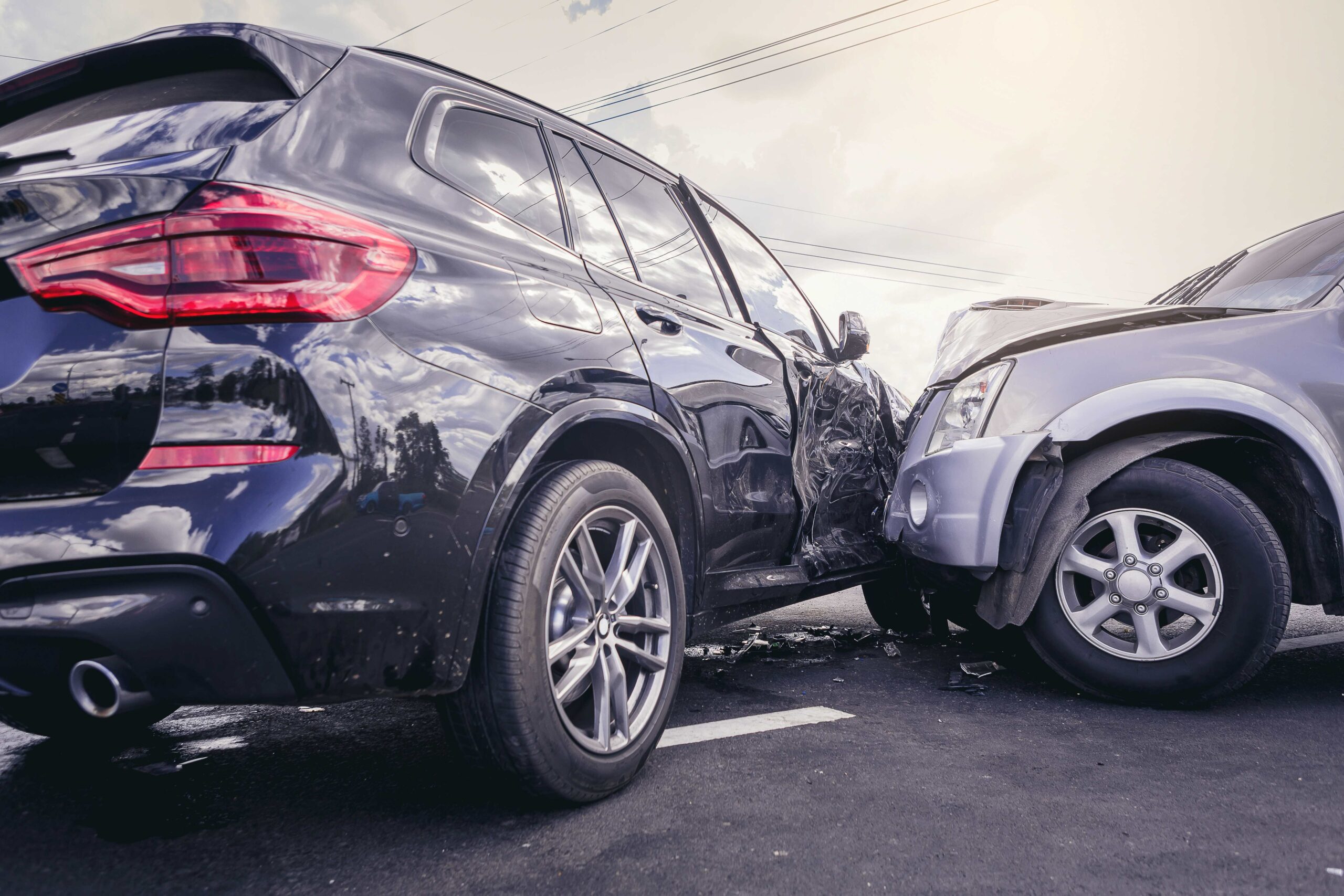Contents of this Post
ToggleCar accidents can turn lives upside down in an instant. So, whether you’re dealing with minor fender-benders or catastrophic collisions, knowing the laws that govern these incidents is crucial.
Every jurisdiction sets a time limit, known as the statute of limitations, for filing car accident lawsuits. This deadline varies but often ranges from one to three years from the date of the accident. For cases involving catastrophic injuries, missing this window can bar you from seeking compensation, so it’s crucial to act promptly.
This comprehensive guide explores the key legal aspects of car accident cases, providing you with the knowledge to navigate the aftermath of a crash effectively.
Comparative Negligence: When Fault Isn’t Black and White
Many jurisdictions apply the principle of comparative negligence in car accident cases. This concept recognizes that multiple parties may share responsibility for a crash. Here’s how it works:
- Pure comparative negligence: Damages are reduced by your percentage of fault, regardless of how high it is.
- Modified comparative negligence: You can recover damages only if your fault is below a certain threshold (often 50% or 51%). (1)
This system can significantly impact car accident settlements. For example, if you’re found 30% at fault for a rear-end collision because your brake lights were out, your compensation might be reduced by that percentage. In a USD$100,000-claim, you’d receive USD$70,000 instead of the full amount.
Understanding how car accident laws like comparative negligence apply in Washington or whatever state of jurisdiction you’re a part of is crucial, as it can greatly affect the outcome of your case. It’s often a point of contention during settlement negotiations, so being prepared with evidence to support your position is essential.
The Critical Role of the Police Report

Calling the police is one of the immediate things one should do in any accident. In fact, after a car accident, one of the most vital documents is the police report. This official record often serves as a cornerstone in car accident claims. It typically includes:
- Details of the accident scene
- Statements from drivers and witnesses
- Officer’s observations and potential citations
- Preliminary fault determination
While not the final word, a police report can strongly influence how insurance companies and personal injury attorneys approach your case. Always obtain a copy for your records, and review it carefully for accuracy. If you notice any errors, contact the police department to request corrections.
Moreover, the police report can be invaluable in refreshing your memory about the incident, especially if your case takes months to resolve. It provides an objective account of the accident, which can be crucial if witness memories fade or stories change over time.
Statute of Limitations: The Clock Is Ticking
Every jurisdiction sets a time limit, known as the statute of limitations, for filing car accident lawsuits. This deadline varies but often ranges from one to three years from the date of the accident. Missing this window can bar you from seeking compensation, so it’s crucial to act promptly. (2)
Remember, while car accident cases often settle out of court, preserving your right to sue is essential for negotiating fair compensation. Insurance companies are well aware of these deadlines and may use delay tactics to run out the clock. By staying vigilant and understanding your time constraints, you can maintain leverage in your negotiations.
It’s also worth noting that certain circumstances, such as accidents involving government vehicles or cases with minors, may have different statutes of limitations. Consulting with a personal injury attorney can help clarify the specific deadlines applicable to your case.
No-Fault vs. Fault-Based Systems
Different regions operate under either no-fault or fault-based insurance systems.
- No-fault systems: Each driver’s insurance covers their own medical expenses and lost wages, regardless of who caused the accident.
- Fault-based systems: The at-fault driver’s insurance is responsible for covering the other party’s damages.
Knowing which system applies in your area is crucial for understanding how to proceed with your car accident claim. In no-fault states, you’ll typically need to exhaust your personal injury protection (PIP) benefits before pursuing a claim against the other driver. Fault-based systems, on the other hand, allow you to seek compensation directly from the at-fault party’s insurance.
It’s important to note that even in no-fault states, there are usually thresholds for serious injuries that allow you to step outside the no-fault system and pursue a traditional liability claim. These thresholds can be based on the severity of injuries or the amount of medical expenses incurred.
The Importance of Medical Treatment
Did you know that every year, between 20 and 50 million people actually suffer non-fatal road traffic injuries? (3)
When an accident happens, seeking prompt medical attention is crucial, not just for your health but also for your legal claim. Delaying treatment can:
- Worsen injuries
- Make it harder to prove the accident caused your injuries
- Give insurance companies a reason to dispute your claim
Follow your doctor’s recommendations and keep detailed records of all treatments and how your injuries affect your daily life. Also, be sure to mention all symptoms to your healthcare providers, even if they seem minor at first. Some injuries, like whiplash or traumatic brain injuries, may not be immediately apparent but can have long-lasting effects.
Additionally, adhering to your treatment plan demonstrates that you’re taking your injuries seriously, which can strengthen your claim. If you’re unable to follow treatment recommendations due to financial constraints or other reasons, document these issues and communicate them to your healthcare provider and attorney.
Conclusion
Understanding these laws and principles can significantly impact the outcome of car accident cases. While each situation is unique, this knowledge provides a solid foundation for navigating the complex world of car accident claims and settlements. Remember, when in doubt, seeking the advice of a qualified personal injury attorney can help ensure your rights are protected and you receive fair compensation for your injuries and losses.
References:
1. “What Is Comparative Negligence?”, Source: https://www.forbes.com/advisor/legal/personal-injury/comparative-negligence/
2. “Statute of Limitations: Definition, Types, and Example”, Source: https://www.investopedia.com/terms/s/statute-of-limitations.asp
3. “Road traffic injuries”, Source: https://www.who.int/news-room/fact-sheets/detail/road-traffic-injuries

